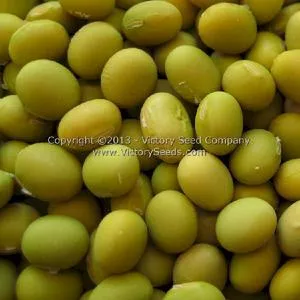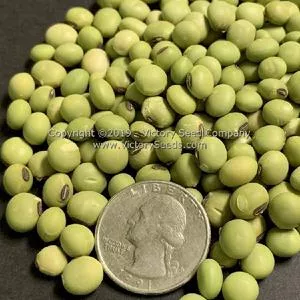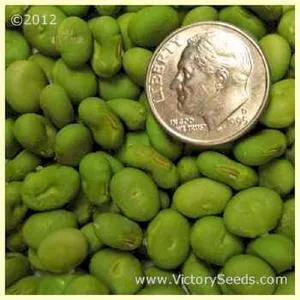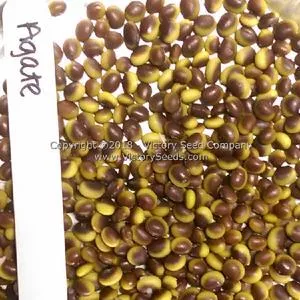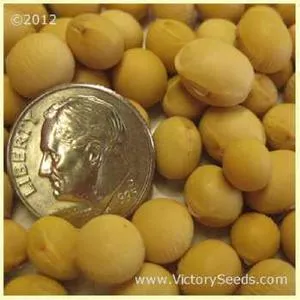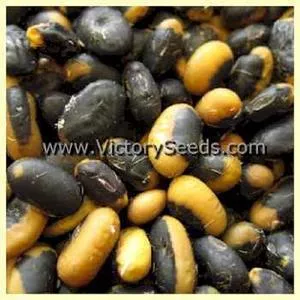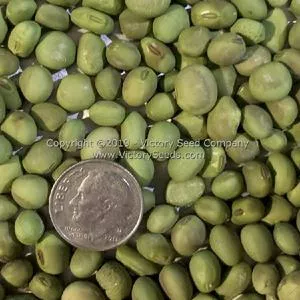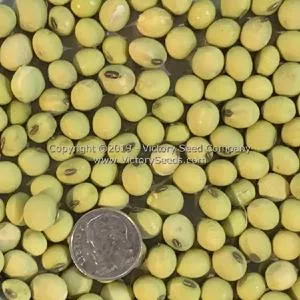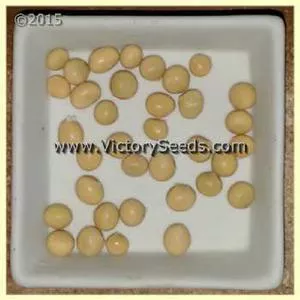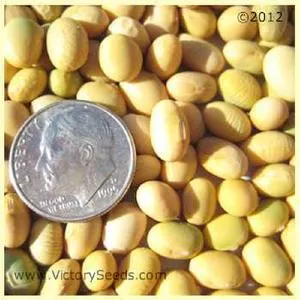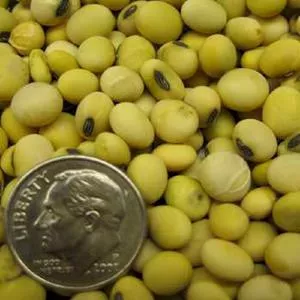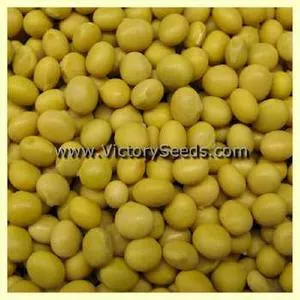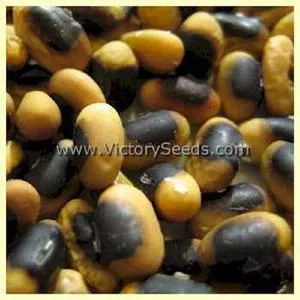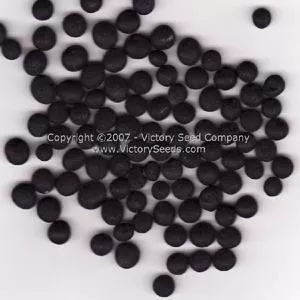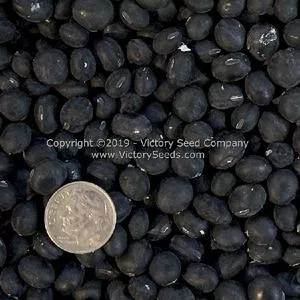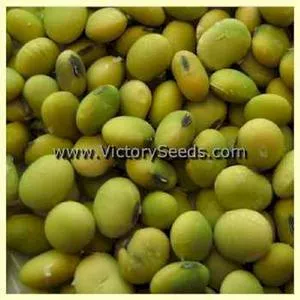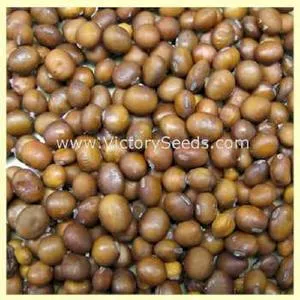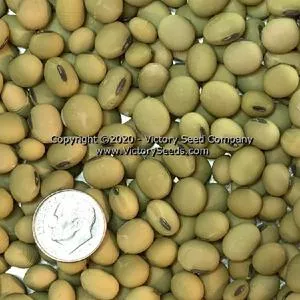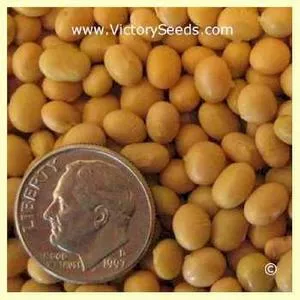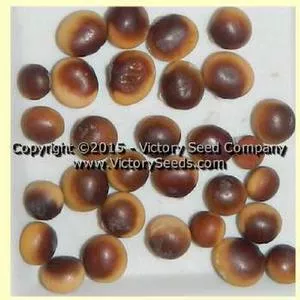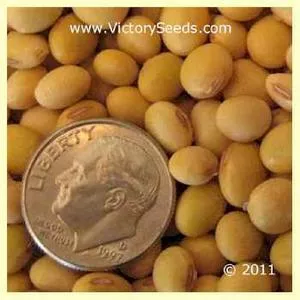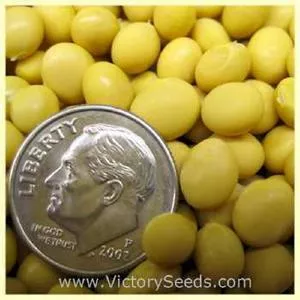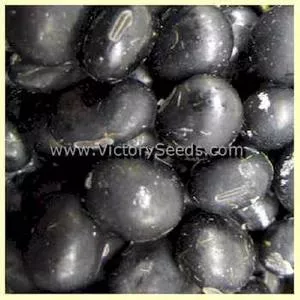Soybeans
Glycine max
Most of the soybean varieties we offer have become quite rare and are no longer being grown on a commercial scale. Supplies are therefore extremely limited and we sell out quickly. When we do run out of a variety that you are interested in, be sure to add yourself to the waiting list. It helps us determine demand and to decide which to allocate growing space to this summer.
Originating in Northern China thousands of years ago, soy is one of the first cultivated crops. Some information indicates that it was being grown as early as 11,000 B.C. and it has been an important food crop throughout Asia ever since. Soy was domesticated, selected and bred for specific traits resulting in a huge diversity of varieties and subsequent uses. Some of the classical foods that have resulted are tofu, edamame, tempeh, miso, natto, kinako, and tamari.
97 found
- Showing page 1 of 5

